I'm a student going into the ninth grade this fall. I launched a clothing store called Misercordia (misercordia.square.site) to promote effective giving. The idea was inspired by Brad West's post "Guided Consumption: Funding Charities by Leveraging Consumer Sentiment in the Broader Economy". If you haven't read it, the basic idea is that rational economic transactions create a surplus of value for both the consumer and producer and that consumers might be more inclined to choose a producer that directs their profits towards charitable causes. He posits that this could be an effective means of raising money for effective charities.
I've spent much of this past week setting up an online clothing store. We thought: What if you could wear the coolest shirt you've ever worn, and save the world doing it? 100% of profits will be split between Clean Air Task Force and Against Malaria Foundation, although I think much of the value of the project could lie in the growth of the Effective Altruism community as well.
Here are some of our products if you are interested:
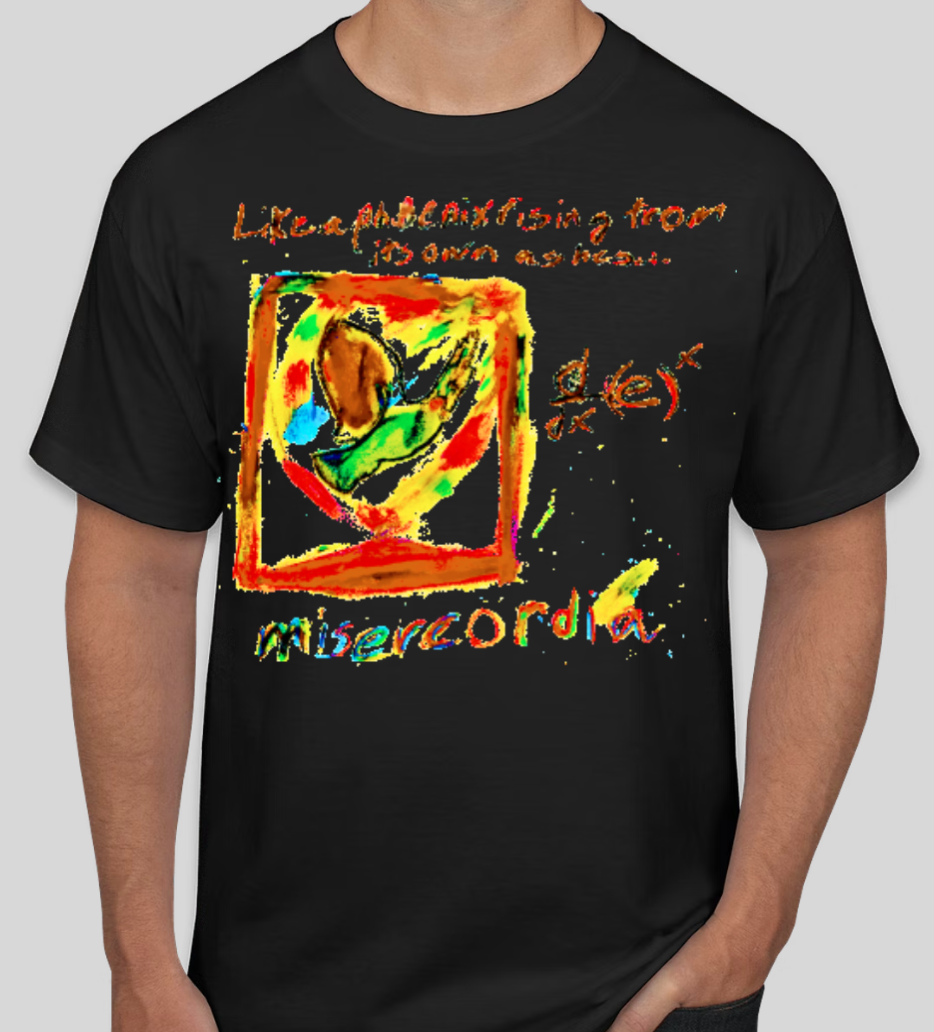
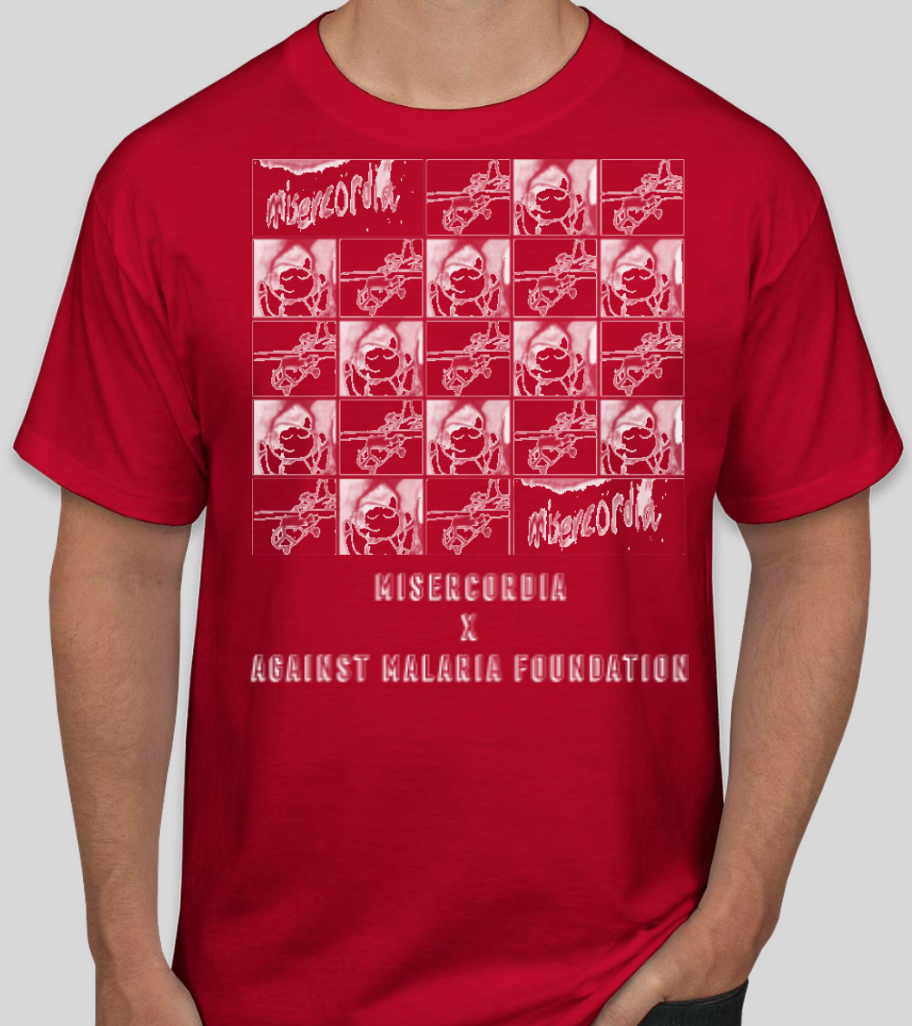
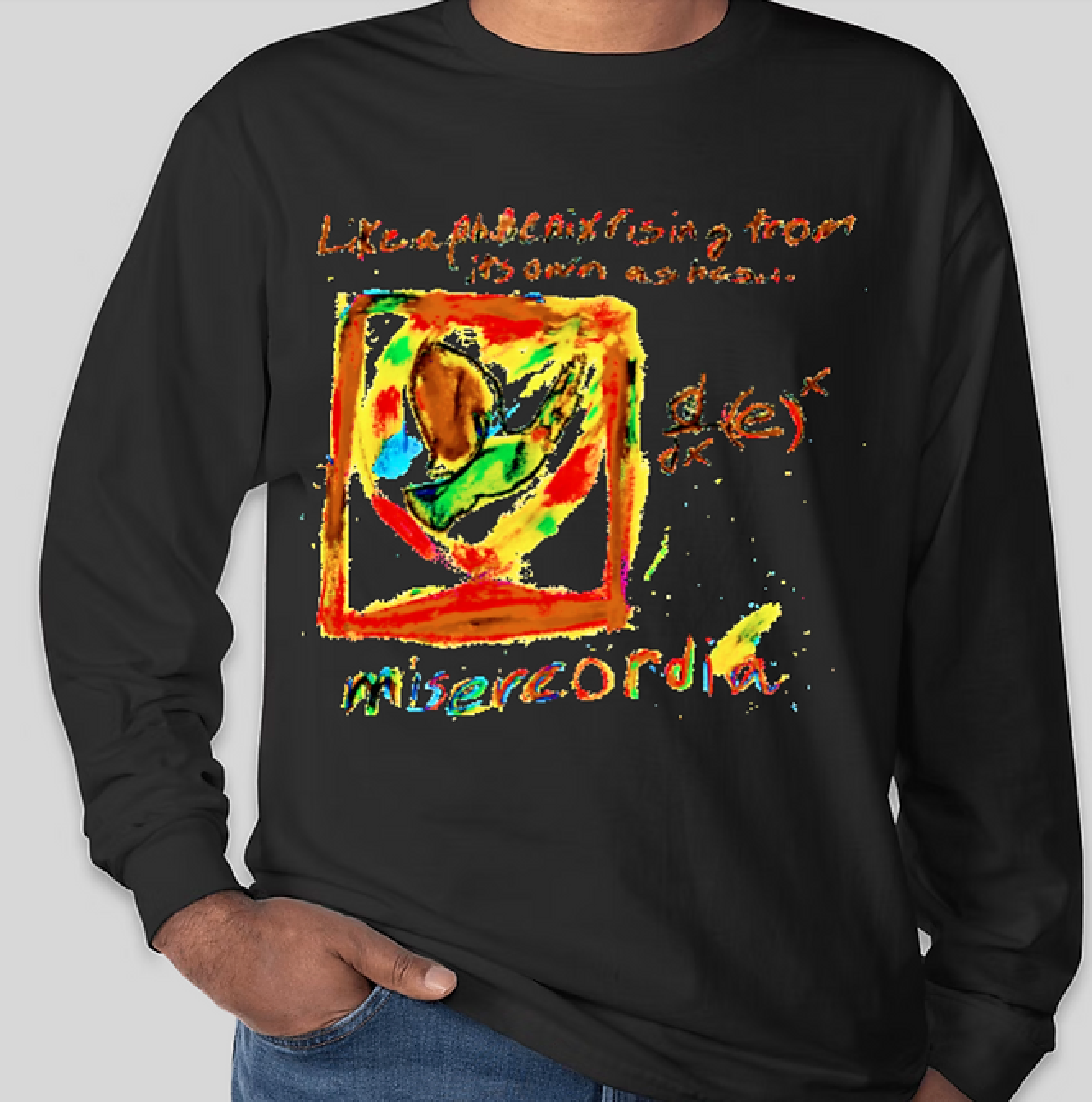
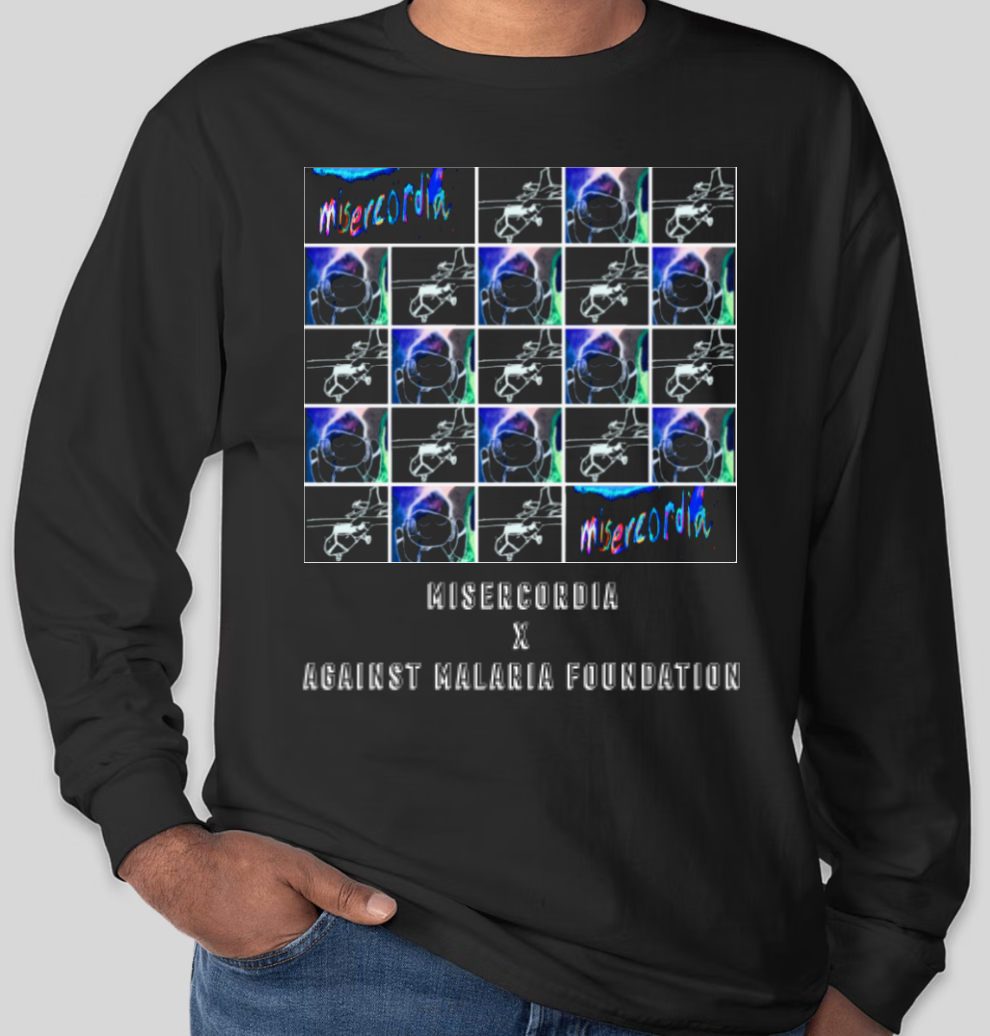
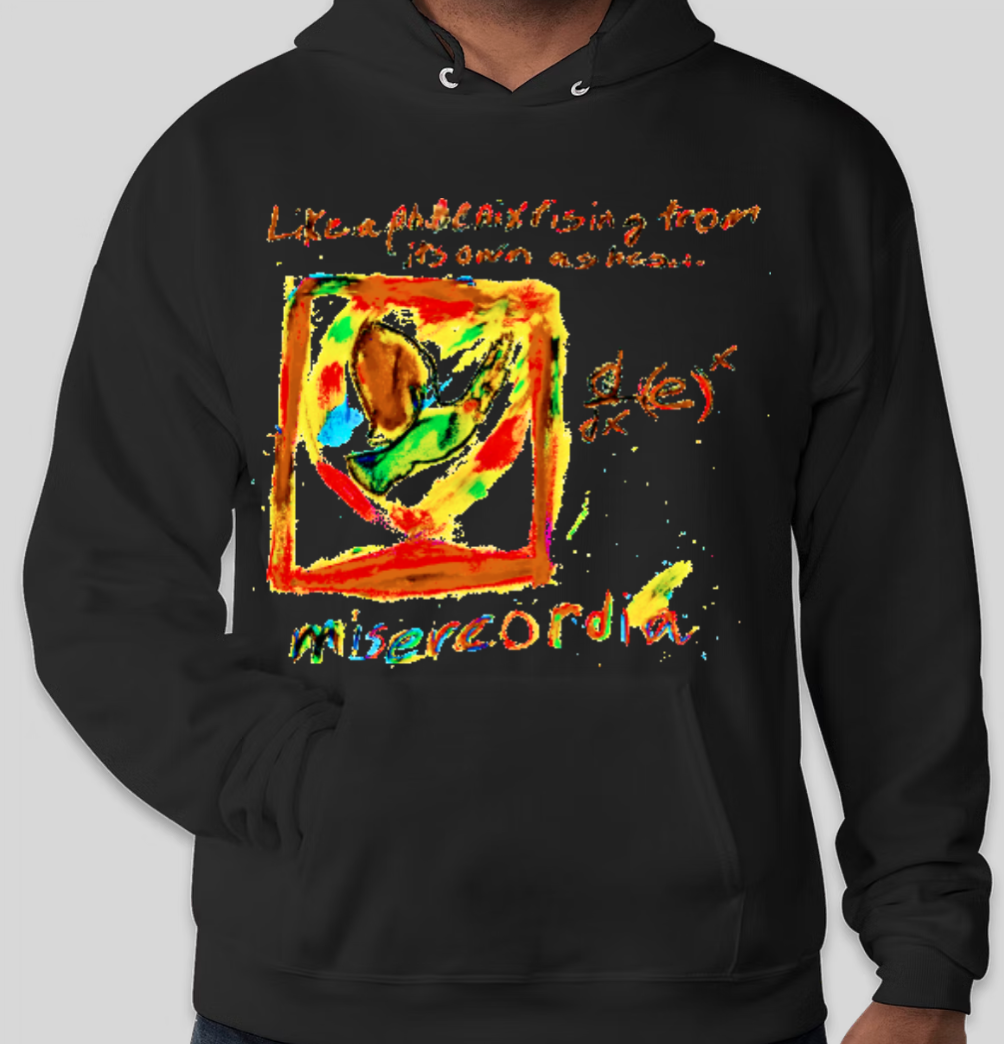
The website (misercordia.square.site) is up and running as of this afternoon.
It would mean the world to me if my community coalesced behind Misercordia and purchased our clothing and (perhaps most importantly) recommend and discuss it with as many friends, colleagues, etc. as possible. Unfortunately, for the time being, our products are only available in the United States.
Thank you all so much!!!
Website: misercordia.square.site
Instagram: @shop_misercordia


Wow, that was quick!